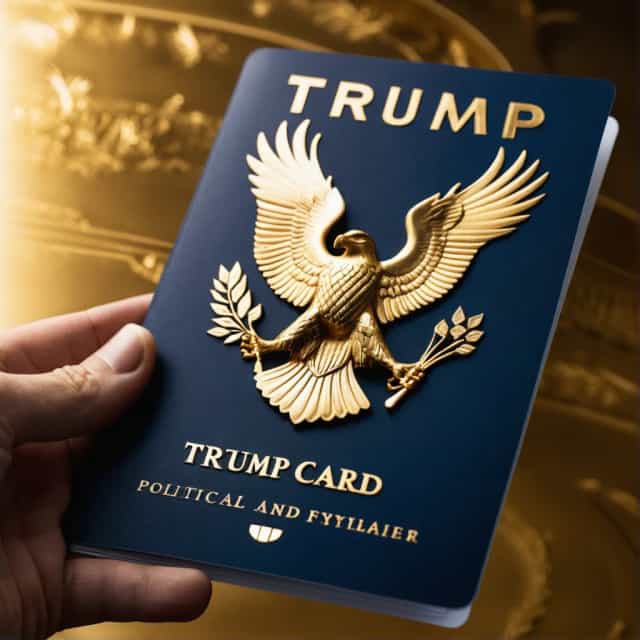
Image source: Block Media
Peter Schiff Advises Investors to Ditch Bitcoin for Silver: Analyzing Diverging Market Trends
Prominent gold advocate and seasoned economist Peter Schiff has made headlines once again, doubling down on his criticism of Bitcoin (BTC) while championing silver as the superior investment choice. Schiff’s argument hinges on the stark contrast between the recent performance of Bitcoin and silver, as well as the broader narratives shaping these asset classes. With silver showing higher returns and greater potential, Schiff has urged investors to pivot away from the cryptocurrency and toward the tangible value offered by silver.
Silver Outshines Bitcoin: A Data-Driven Case
On February 26, Schiff took to social media to underscore the recent performance disparity between these two assets. "Since February 14, Bitcoin has risen approximately 12%, while silver has surged 35%, nearly tripling Bitcoin’s gains during the same period,” Schiff highlighted. He went on to argue, “The key point is that silver has far more room for upward movement, whereas Bitcoin is likely to decline. Sell Bitcoin now and buy silver.”
This marked difference in returns bolsters Schiff’s case for silver as a more lucrative investment moving forward. While Bitcoin has faced considerable volatility during the same timeframe, silver has benefitted from strong bullish momentum, making it an increasingly attractive choice for value-seeking investors.
Is Silver Becoming "The New Bitcoin 2.0"?
This is not the first time Schiff has positioned silver as the investment of the moment. On February 14, he referred to the metal as “Bitcoin 2.0” during a notable price surge to $33.38—its highest level since October. At the time, Schiff lauded the metal for its perceived “real value,” highlighting its durability, intrinsic worth, and industrial applications. The 3% spike in silver prices during that period further bolstered his long-standing claim that silver remains undervalued, even in the face of rising demand.
By dubbing silver “the new Bitcoin with real value,” Schiff sought to highlight the fundamental differences between physical precious metals and digital assets. His repeated endorsements of silver underscore his belief that, unlike cryptocurrencies, tangible assets like silver hold practical utility in addition to serving as a reliable store of value.
Peter Schiff’s Ongoing Critique of Bitcoin
Schiff’s bearish stance on Bitcoin is far from new. A vocal skeptic of cryptocurrencies, he has consistently dismissed Bitcoin as a speculative, intangible asset lacking intrinsic worth. By contrast, Schiff has long championed traditional safe-haven assets such as gold and silver for their historical reliability and tangible nature.
His latest remarks reinforce this narrative. According to Schiff, the speculative nature of Bitcoin, combined with its inherent volatility, weakens its long-term viability. This skepticism becomes particularly pronounced as Bitcoin undergoes short-term price fluctuations and struggles to regain the momentum seen during its prior bull runs.
Silver, on the other hand, has seen its case strengthened by macroeconomic factors, including a weakening U.S. dollar, heightened inflation fears, and a growing demand for physical assets. Schiff argues that these factors make silver not only a safer bet but also a more promising growth opportunity for investors who value both preservation of wealth and potential upside.
The Broader Picture: Contrasting Market Dynamics
Schiff’s call to action comes during a period of diverging narratives in global asset markets. Bitcoin and other cryptocurrencies remain under intense scrutiny as investors wrestle with regulatory uncertainty, technological innovation, and wide price swings. Conversely, traditional assets like silver and gold have seen renewed optimism, driven by a combination of economic uncertainty and favorable macroeconomic conditions.
The weakening U.S. dollar has played a pivotal role in bolstering the appeal of precious metals. As inflationary pressures mount and central banks worldwide adopt more cautious monetary policies, many investors are seeking safe-haven assets that can retain their value over time. This broader flight to safety has particularly benefited silver, which continues to climb on the back of both industrial demand and its long-standing status as a store of value.
At the same time, Bitcoin’s role as a "digital gold" has faced challenges. Critics like Schiff argue that Bitcoin’s volatility, lack of tangibility, and reliance on speculative sentiment make it a risky bet during times of economic turbulence. For Schiff, who prioritizes stability and real-world utility, the choice between Bitcoin and silver is clear.
Silver vs. Bitcoin: What This Means for Investors
Schiff’s argument ultimately reflects a broader debate between digital and physical assets as investment vehicles. While Bitcoin has revolutionized the concept of decentralized finance and attracted a loyal following, Schiff’s commentary points to the enduring appeal of traditional assets in uncertain times. For investors weighing their options, Schiff’s perspective underscores the importance of understanding fundamental differences in value, utility, and market dynamics.
In an era of economic turbulence, Schiff’s call to sell Bitcoin and invest in silver serves as a thoughtful reminder to consider the long-term potential and intrinsic worth of one’s holdings. Whether his prediction holds true remains to be seen, but it is clear that silver has gained renewed attention as a critical player in today’s evolving financial landscape.










